5 Best Tourism Chatbot for the Travel Industry in 2026
The tourism chatbot revolutionizes the traveler experience: Learn how to implement it to enrich your customers' journey.
Contact Us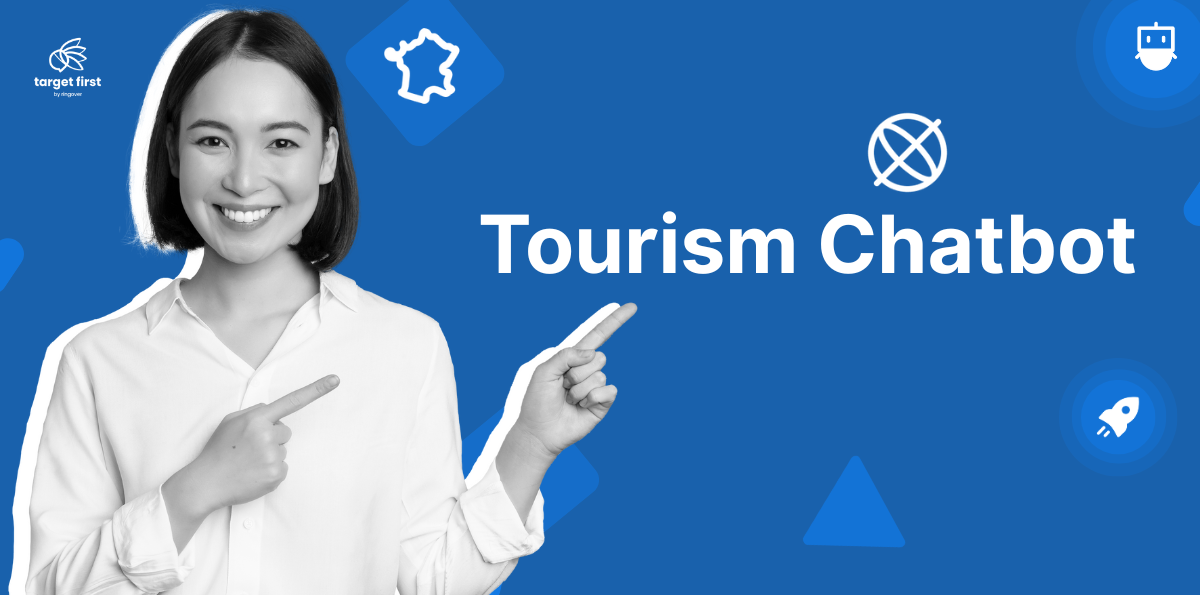
In a fast-digitizing sector like tourism, expectations have evolved—especially around immediacy, relevance, and availability. The slightest friction can have serious consequences on the customer experience and increase the burden on tourism professionals.
This is where tourism chatbots come into play. What benefits do they offer for travelers and professionals? How can they be deployed? What are the most common use cases?
Interesting Statistics on AI and Chatbots in Tourism
According to an Omio report published in 2024, 44% of European and American travelers use AI to book and plan their trips. The previous year, that percentage was 27%.
With estimated revenue reaching $3 billion in 2024, the global AI market in tourism is booming and could increase tenfold within a decade. (Spherical Insights)
100% of tourism professionals surveyed have already experimented with at least one artificial intelligence tool, with ChatGPT being the most tested solution (CTT, 2025).
Tourism Chatbots: What Are We Talking About?
A tourism chatbot is a virtual assistant powered by artificial intelligence. It's designed to understand natural traveler language, providing quick, often relevant, and sometimes even unexpected responses—without requiring the constant presence of a human advisor.
The 5 Best Tourism Chatbots
1. Target First
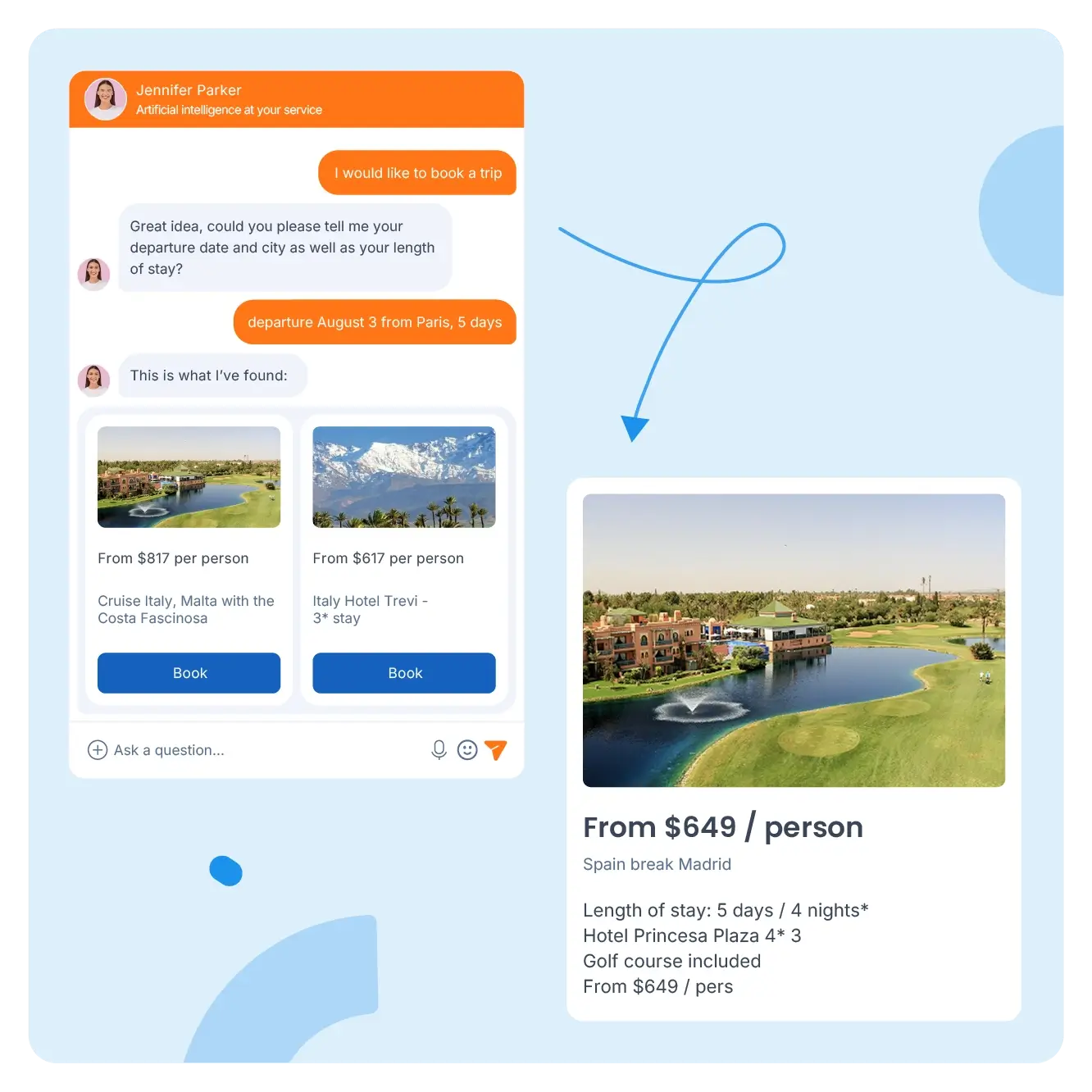
Target First is an AI-powered customer communication platform that enables tourism professionals to deploy smart, omnichannel chatbots designed to improve customer engagement and operational efficiency. With a strong focus on conversational AI, behavioral analysis, and seamless integrations, Target First offers a robust solution tailored for the evolving needs of the tourism and hospitality industry.
Target First combines conversational AI with behavioral intelligence, enabling highly personalized, real-time engagement without overwhelming internal teams. Its low learning curve and modular setup make it accessible to small and medium-sized tourism operators as well as enterprise-level players.
Target First Key Features📝
- Omnichannel Chatbot Engine: Allows businesses to engage users across multiple platforms including websites, WhatsApp, Facebook Messenger, live chat, video chat, and more. Conversations can be escalated to human agents without disrupting the customer experience.
- Behavioral Targeting Engine: Uses real-time behavioral analysis to identify and engage high-intent website visitors, boosting conversion rates through smart targeting.
- CRM and Booking Integration: Integrates natively with tools like Sellsy and can be connected to custom booking engines or scheduling forms, centralizing customer data and improving personalization.
- Natural Language Processing (NLP): Delivers fluid, context-aware conversations in multiple languages, adapting to the user's tone, intent, and preferences.
- Customizable User Interface: Provides businesses with the ability to design chatbot flows that reflect their brand tone and customer journey, with full control via a back-office dashboard.
- Data Collection & Analytics: Captures interaction data to improve chatbot performance, anticipate user needs, and support decision-making.
2. Tars
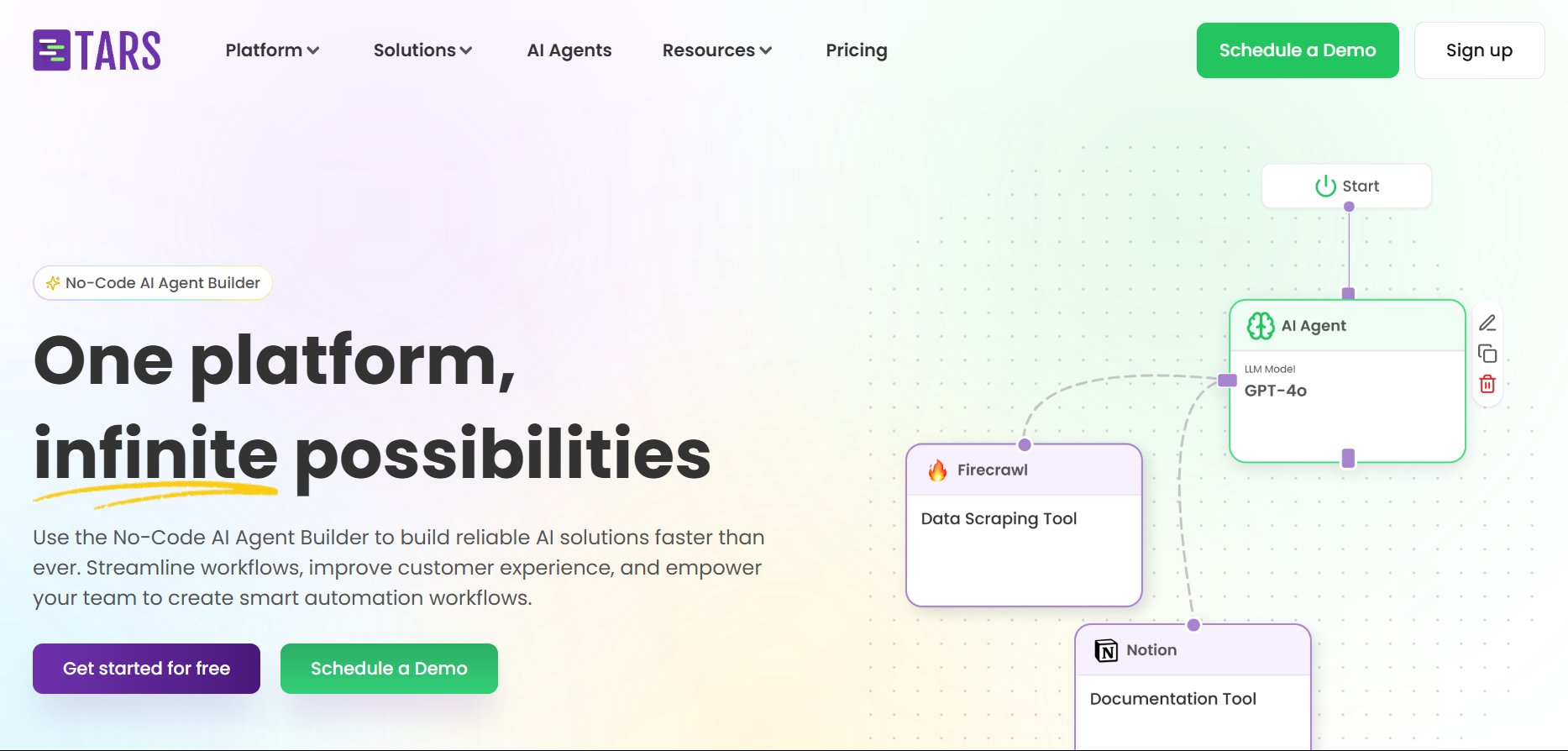
Tars is a versatile chatbot builder that provides tailored conversational experiences for travel agencies and tourism companies, helping them convert leads and reduce operational overhead.
Tars Key Features📝
- Drag-and-Drop Chatbot Builder: Allows travel businesses to build custom flows for flight, hotel, and tour inquiries without coding.
- Lead Qualification & Routing: Automatically captures traveler preferences and routes qualified leads to sales teams.
- Dynamic Travel Forms: Gathers data like destinations, dates, budgets, and sends tailored package suggestions.
- CRM and API Integrations: Syncs with HubSpot, Salesforce, and custom booking APIs.
- Campaign Landing Pages: Deploys chatbots as standalone landing pages for paid marketing campaigns.
3. Bebot
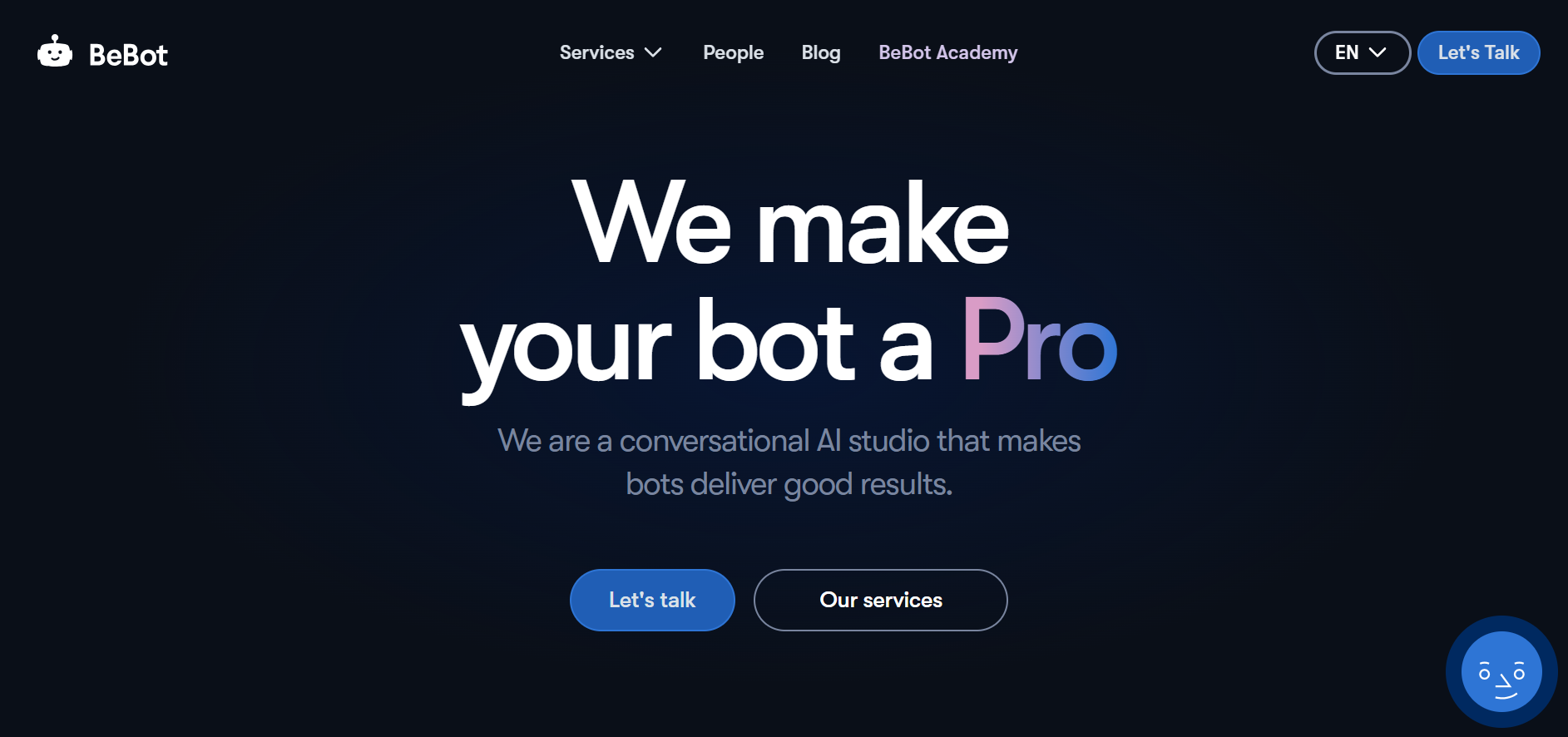
Bebot is a Japanese-developed chatbot tailored for tourists, particularly in the APAC region. It acts as a travel concierge, providing real-time information and support for travelers during their journey.
Bebot Key Features📝
- Location-Based Recommendations: Offers nearby suggestions for food, attractions, and transport based on the user's GPS.
- Emergency and Safety Assistance: Informs travelers of natural disasters, safety protocols, and embassy contacts.
- Multilingual Support: Supports English, Japanese, Chinese, and other Asian languages.
- Hotel & Airport Integrations: Deployed in major hotels and airports like Narita and Tokyo Haneda.
- Traveler-Focused FAQs: Answers questions about visas, SIM cards, public transport, and more.
4. Asksuite
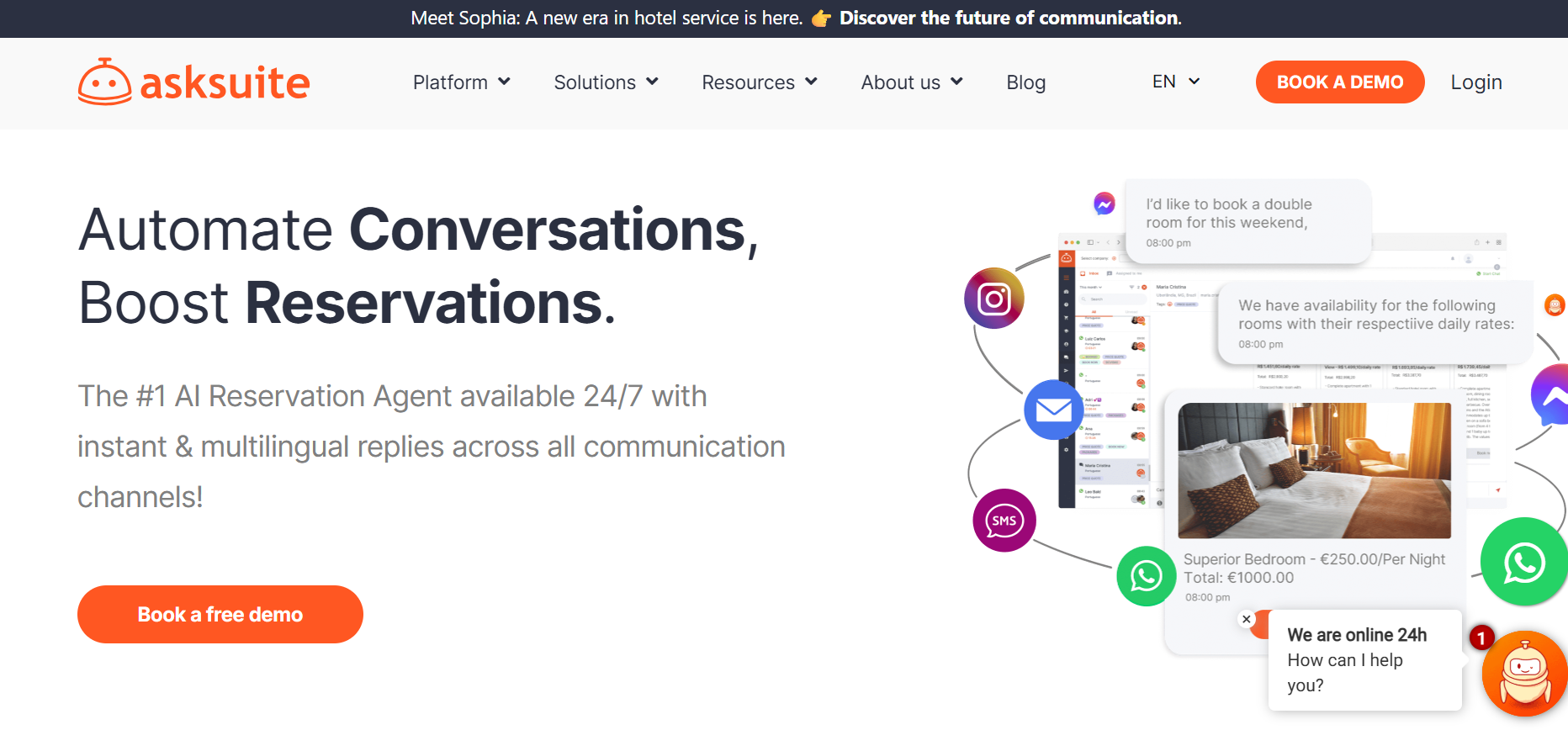
Asksuite is a multi-award-winning AI chatbot platform specialized in the hospitality sector, offering advanced automation for direct bookings and guest service.
Asksuite Key Features📝
- Reservation Automation: Provides real-time quotes, room availability, and payment support via chat.
- Multi-Hotel Management: Manage multiple hotel properties from one dashboard.
- 24/7 Multilingual Support: Over 25 languages supported with automatic translation and native NLP.
- Integration with Booking Engines & PMS: Works with Booking.com, Expedia, and others to sync rates and manage bookings.
- Performance Analytics: Tracks KPIs such as conversion rates, average response time, and guest sentiment.
5. Book Me Bob
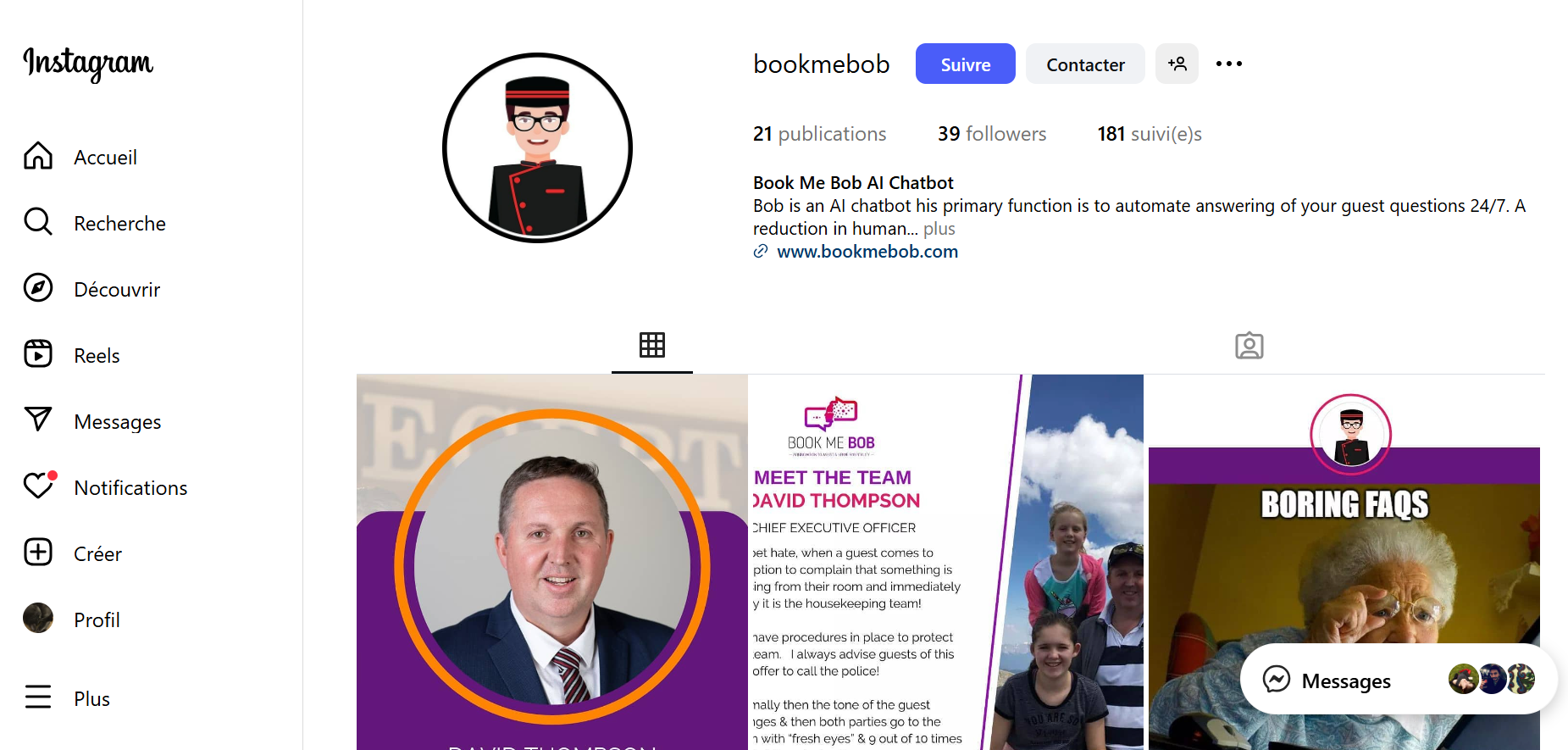
Book Me Bob is an AI concierge and chatbot platform built for hotels, offering real-time communication and guest engagement powered by natural language processing.
Book Me Bob Key Features📝
Instant Guest Engagement: Handles pre-arrival queries, upselling, and room upgrade offers through personalized chat.
Staff Handoff Feature: Transfers complex requests to staff without losing conversation context.
Multilingual and Voice-Friendly: Supports multiple languages and integrates with voice assistants.
Reporting and Feedback: Collects guest reviews and sentiment to help improve service delivery.
Self-Service Kiosk Integration: Can be deployed on kiosks for in-lobby guest interactions.
Key Features of Tourism Chatbots
These digital assistants aren't meant to replace everything. Rather, they fill an operational gap: answering frequent questions, handling urgent requests, and resolving last-minute uncertainties.
Thanks to natural language processing, the tourism chatbot interprets queries expressed in everyday language (including accents, errors, or informal phrasing) and accurately responds to a wide range of topics—from shuttle schedules to cancellation policies or activity recommendations based on the weather forecast.
Growing Adoption Among Tourism Professionals
Travel agencies, independent hotels, and tourist offices are no longer hesitant. Many industry players are investing in these solutions to enrich customer relations, reduce response times, and enhance perceived service quality. It's not just a technical tool, but a strategic point of contact with visitors—well before and well after their stay.
As travelers grow accustomed to interacting with intelligent interfaces, their expectations evolve. Responsiveness, relevance, and 24/7 availability are all criteria that a well-designed and properly integrated chatbot can consistently meet.
Use Cases for Chatbots in Tourism
Chatbots have moved beyond simply greeting website visitors. In the era of generative AI, they play an active role in shaping the customer experience—from the first click to the actual trip. Here are some scenarios where their added value is clear.
Automated Booking and Sales
The booking process has become more complex: a multitude of offers, a need for reassurance, and a preference for direct channels. In this landscape, chatbots serve as silent facilitators.
They guide users in selecting a flight, hotel, or activity—and can complete the transaction without interrupting the journey.
Customer Support
As mentioned earlier, customer relations in the tourism industry often hinge on immediate expectations: a last-minute cancellation, a visa requirement, a date error, a question about insurance…
This is where the chatbot steps in as an efficient relay, capable of handling such requests without overwhelming human teams.
It provides practical information, anticipates frequently asked questions, and can even trigger specific actions, such as sending a confirmation email or modifying a reservation.
In the background, this naturally reduces the volume of manual requests while maintaining a consistent level of service. For travelers, this seamlessness greatly enhances the perception of quality support.
Virtual Concierge
The virtual assistant isn't limited to pre-sales interactions. Once the trip begins, it can transform into a true digital concierge. Nearby restaurant recommendations, excursion ideas based on the weather, or personalized itineraries aligned with a traveler's interests—the service is contextualized, useful, and often far more relevant than a standard guide.
Some tools go even further, building optimized itineraries based on user preferences. This type of service not only enriches the individual experience but also highlights local businesses by increasing their visibility with a targeted audience.
What Are the Key Features of a Tourism Chatbot?
| Feature | Description | Impact |
|---|---|---|
| Multichannel support (at minimum) | Interaction via website, social media, and messaging apps | Provides seamless assistance where travelers are |
| Integration with business tools | Links with booking engines and other professional tools | Simplifies sales management and availability updates |
| Automated FAQ responses | Handles basic inquiries (schedules, services, policies) | Reduces repetitive requests |
| Multilingual | Allows interaction in multiple languages | Makes the service accessible to international customers |
| 24/7 support | Always available, even outside business hours | Increases responsiveness and customer satisfaction |
| Personalized responses | Tailored replies based on client profile and preferences | Makes each interaction more relevant |
| Data analysis | Collects insights from conversations | Helps refine the offer and anticipate customer needs |
What Are the Benefits of Chatbots for Tourism Businesses?
Let's explore some of the main advantages of virtual assistants for tourism professionals:
Uninterrupted Availability
A well-designed intelligent chatbot ensures an immediate response at any time. No scheduling constraints, no overload during peak periods—assistance remains consistently available.
It helps smooth the traveler experience while easing the workload for internal teams. Freed from repetitive requests and last-minute demands, teams can focus on more complex tasks requiring human judgment and attention.
Better-Controlled Processes, Lower Costs
Automating exchanges—especially around booking management or information requests—paves the way for smoother operations. Fewer manual entries mean fewer errors, and often, fewer customer complaints.
This efficiency also leads to real savings. Companies reduce reliance on intermediaries, promote direct bookings, and retain a greater share of their margins. This dynamic is especially beneficial for businesses aiming to regain control of their distribution channels.
Barrier-Free Communication
Being able to communicate in the customer's language without additional effort is a real differentiator. Multilingual chatbots offer a seamless experience to a wide range of travelers. This adaptability enables a stronger international presence without needing a team of translators.
Constantly Improving Customer Knowledge
With each interaction, the chatbot feeds a rich database of signals: preferences, behaviors, pain points—all of which can be analyzed and used. The real value lies not just in the volume of data collected, but in its ability to inform future decisions.
As a result, offerings become more refined, responses more accurate, and customer relationships more tailored. This behind-the-scenes effort helps build long-term loyalty and enhances the overall commercial strategy.
How Can Tourism Professionals Build Their Own Tourism Chatbot?
1. Clearly Define Use Cases
Creating a chatbot without first identifying usage scenarios is like mapping a route without a compass. The key question is: what interactions do you want to automate? Whether it's helping with trip planning, recommending local hotspots, or centralizing bookings, each use case should meet a real need—both for the customer and your team.
This step is less technical than it seems. It's mainly about observing your customer journey and spotting opportunities where a chatbot could help. The rest follows naturally.
2. Choose the Right Chatbot Platform for Your Project
The chatbot platform market is full of ready-to-use solutions. Some, like Target First, strike a good balance between ease of use and rich functionality.
The choice isn't just about ticking off features. It's also about finding a solution that doesn't create more technical dependencies than it solves. Flexibility, scalability, multilingual management, and user-friendly dashboards should be prioritized—without falling for the “all-in-one” trap.
3. Build, Test, Refine: The Implementation Phase
This is where your chatbot takes shape. The goal is to enable it to understand, interpret, and respond accurately. Expect some trial and error to make interactions feel natural.
Even a short round of user testing is essential—not to aim for perfection, but to avoid glaring misunderstandings that would ruin the user experience (think chatbot “hallucinations”).
Once validated, the chatbot can be deployed on the relevant channels (tourism office website, Facebook page, mobile app) depending on where your target audience is.
4. Prepare Your Teams and Communicate With Customers
Adopting a chatbot also means supporting your teams through the digital shift. It's important to train customer-facing staff on how to use and manage the chatbot to ensure coherence between human and virtual support.
Also, inform your customers clearly about what the chatbot can do, its scope of support, and how to use it. This can be done via email or a tutorial on your website to encourage adoption and effectiveness.
5. Continuous Improvement
An effective chatbot relies on a process of continuous improvement. By collecting and analyzing interaction data, you can identify areas for enhancement, expand your knowledge base, and fine-tune the bot's natural language understanding.
This analysis also helps anticipate traveler needs and provide even more personalized responses. It improves the customer experience while enhancing your tourism offering over time.
Chatbots and Tourism: Target First Helps You Build Your AI Assistant
In an industry like tourism—where the speed of response matters as much as the quality of the offering—customer relations leave no room for improvisation. Target First offers a platform tailored to meet this demand, combining conversational AI, behavioral intelligence, and seamless integration with professional tools.
A Solution Built for Omnichannel Communication
From websites to smartphones, from instant messaging to booking tools, communication channels are multiplying. With Target First, you can meet this challenge using an interface that allows you to design conversational assistants integrated into an omnichannel approach.
In practical terms, a conversation started on your website via chatbot can be seamlessly “escalated” to another channel. Target First can efficiently redirect the customer to a human advisor via:
- Live Chat
- Video Chat
- Phone (Web Call Back)
- WhatsApp
- Messenger
You can also choose to connect your appointment scheduling tool or any other form.
Smart Targeting and Relevant Conversations
Target First includes a behavioral analytics engine that sharpens real-time targeting. It distinguishes, within the digital crowd, visitors with real engagement potential. This level of interpretation helps focus efforts where they matter most, improving conversion rates. This strategic layer gives relationship marketing new depth—more intuitive, yet more measurable.
An Integration That Centralizes and Streamlines
The effectiveness of an AI assistant also depends on data consistency. Target First natively integrates with solutions like Sellsy CRM, creating a direct bridge between conversation and commercial operations. Chat history, collected information, expressed preferences—everything is centralized, making it easier to personalize responses and anticipate needs.
A Tech Partner for Travel Industry Professionals
Hotels, agencies, tourist offices—each has its own specifics, seasons, and urgencies. Target First's strength lies in its ability to adapt to these contexts without demanding an overwhelming learning curve.
Natural language understanding is at the core of the platform, providing users with smooth and surprisingly accurate interactions.
Whether it's answering a simple question or supporting a complex booking, the chatbot aligns with expectations without the burden of heavy tech.
With a solution like Target First, you have the opportunity to guide your customers from their very first inquiry, provide timely and clear answers, and build a long-lasting relationship—even from a distance.
The Tourism Industry Is Evolving—So Are Traveler Expectations
Anticipate tomorrow's use cases: talk to our AI experts to create your own chatbot and boost your commercial performance.
Tourism Chatbot FAQ
How can AI be used in tourism?
Tourism is evolving rapidly, and AI now plays a catalytic role. It steps in where expectations grow more complex, where data volumes exceed human capacity, and where responsiveness becomes a key competitive edge.
By finely analyzing traveler behavior and interpreting their requests, AI tools can provide precise answers—sometimes even before a question is asked. In concrete terms, this enables a smoother, more intuitive experience, without sacrificing the human touch. AI can be used in tourism for personalized recommendations, optimized bookings, continuous assistance, and more.
What are travel chatbots?
Among the most visible applications of AI in tourism, conversational chatbots are gaining ground. These virtual agents, accessible across various contact points (website, social media, messaging apps, mobile apps), naturally integrate with travelers' digital habits.
They simplify navigation through often dense or confusing offerings, assist users in their choices, and deliver timely complementary services.
How much does a tourism chatbot cost?
There's no one-size-fits-all price for a tourism chatbot. The range is broad and depends on several factors, including project complexity, desired level of customization, features (integration, omnichannel, multilingual, etc.), and hosting model.
For organizations wanting to test the potential of a virtual assistant without a large investment, ready-to-use solutions start from just a few dozen euros per month. These tools cover the most common uses: FAQ responses, basic information, simplified booking.
However, when aiming for a smoother experience integrated with third-party systems (CRM, PMS, payment platforms), multilingual capabilities, and a customizable back office, the investment becomes more substantial.
In that case, a budget aligned with your ambitions is necessary—for custom development, maintenance, human supervision, etc. Target First's AI assistant starts at $99/month and offers the best value for money on the market.
How can a chatbot improve the traveler experience in tourism?
The real benefit of a tourism chatbot goes beyond 24/7 availability. AI chatbots stand out for their ability to constantly adapt: to the traveler's language, time zone, and implicit preferences. They ease common pain points like long queues, tedious information searches, and uncertainties during travel.
How can you effectively integrate a chatbot into a tourism communication strategy?
A chatbot is not a static project—it's a living tool that benefits from continuous refinement.
- Clarify your goals
- Choose the right communication channels
- Maintain consistent editorial tone
- Involve your internal teams
- Inform and engage your users
- Measure, adjust, and evolve
Sources
- https://www.omio.com/
- https://www.sphericalinsights.com
- https://www.ibm.com/
- https://www.iftm.fr/
Top 10 most read articles
